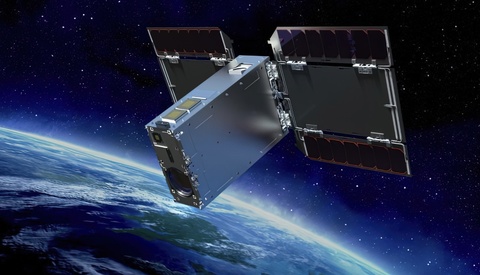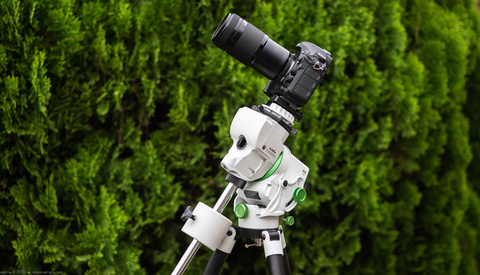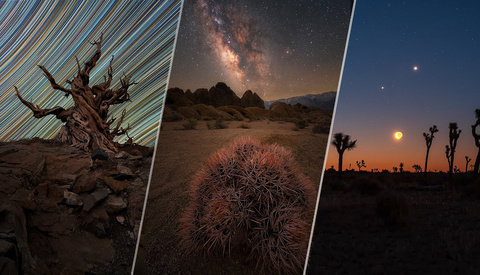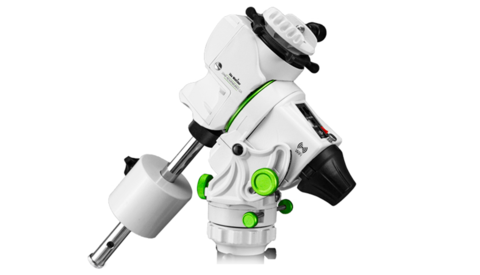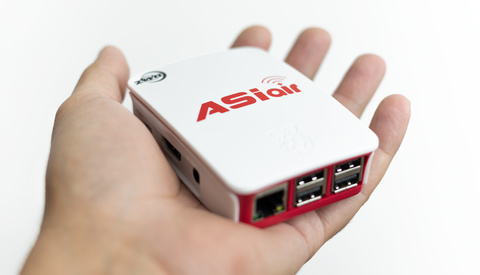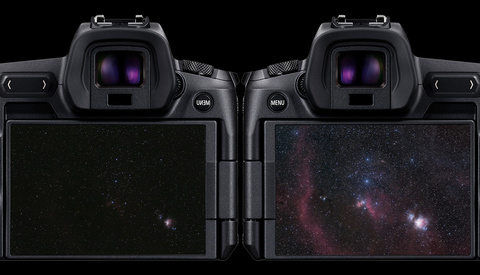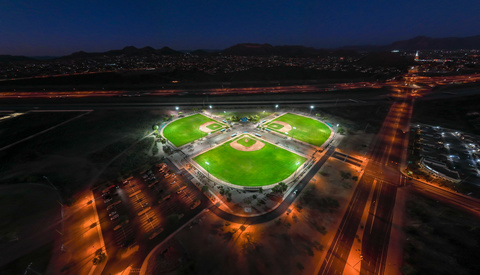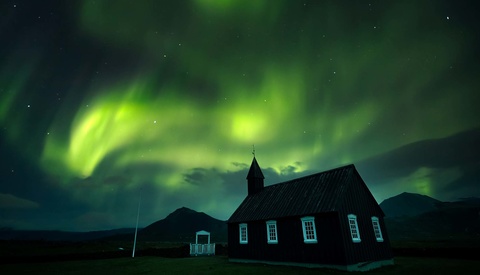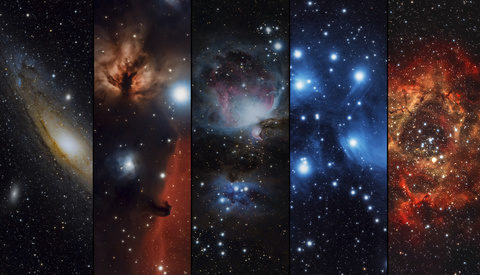How to Find and Photograph Comet C/2022 E3 ZTF: Your Once in a 50,000 Year Chance
Astrophotographers and even regular photographers have a chance at a comet that is now appearing in our early morning, pre-dawn skies. I'm talking about Comet C/2022 E3 ZTF, rapidly approaching its closest encounter with our sun. It hasn't been to our part of the solar system for about 50,000 years. It's a striking green in color, and not all comets are, so it's created a stir among astrophotographers.





